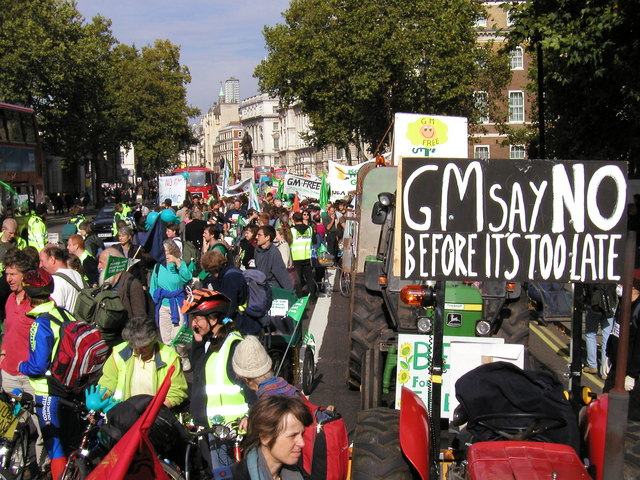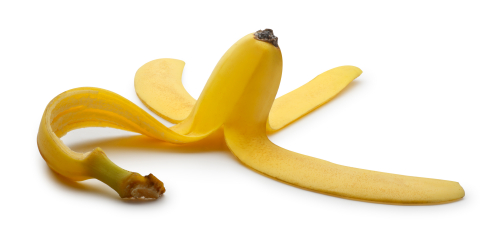Yesterday, the San Francisco Chronicle’s excellent reporter Carolyn Lochhead published an article on genetically engineered food crops (GE, also called GMO for genetically modified organism). She pointed out that GMOs have been linked to human diseases and environmental damage, including catastrophic losses of monarch butterflies. It’s gotten so bad, she writes, that even the food manufacturers are worried that the latest “improvements” to corn planted for biofuel might ruin their own GMO crops! 
Did you know that Dow wants to start selling a corn variety bred to be resistant to a pesticide that contains an Agent Orange chemical? In case you’re too young to remember the Viet Nam War, Agent Orange was sprayed widely over that country to kill its rainforests, to make its soldiers easier to target. Besides inflicting unthinkable environmental damage, Agent Orange harmed many Vietnamese and Americans.
The chemical (2,4-D) has been implicated in cancer, Parkinson’s disease, liver disease, reduced sperm counts, endocrine (hormone) disruption, and damage to nerves and the immune system. Its makers hope growers will buy tons of it and spray it on their crops to keep bugs away. I don’t want it used to produce my food. Do you? Personally, I’d rather eat a bug.
Besides, bugs evolve (whether creationists like it or not) and have become resistant to pesticides, so more and stronger pesticides are applied, creating the well-known “pesticide treadmill” that farmers can’t escape once they’re on it. One expert quoted by Lochhead calls it “a chemical arms race.” Fortunately, lots of people are not fooled – over 140 groups and over 360,000 citizens stated their opposition to 2,4-D during the public comments period during the approval process.
And in more hopeful news, in California we will soon have a ballot measure that requires food makers to label their products that include genetically modified organisms. So get ready for November and cast your vote FOR freedom of information
A t-shirt I saw at a recent Earth Day event said it all: GMO? OMG!
 The Green Foodprint: Food Choices for Healthy People and a Healthy Planet was named a Finalist in the Science/Nature/Environment category for the 2012 Next Generation Indie Book Awards. The Next Generation Indie Book Awards is the largest Not–for-profit book awards program for indie authors and independent publishers whose purpose is to “recognize and honor the most exceptional independently published books”.
The Green Foodprint: Food Choices for Healthy People and a Healthy Planet was named a Finalist in the Science/Nature/Environment category for the 2012 Next Generation Indie Book Awards. The Next Generation Indie Book Awards is the largest Not–for-profit book awards program for indie authors and independent publishers whose purpose is to “recognize and honor the most exceptional independently published books”.


